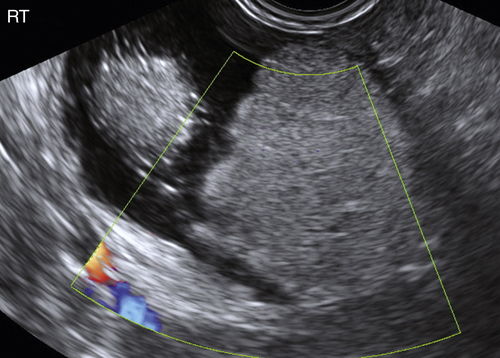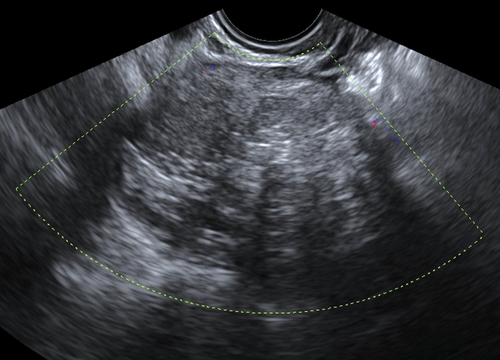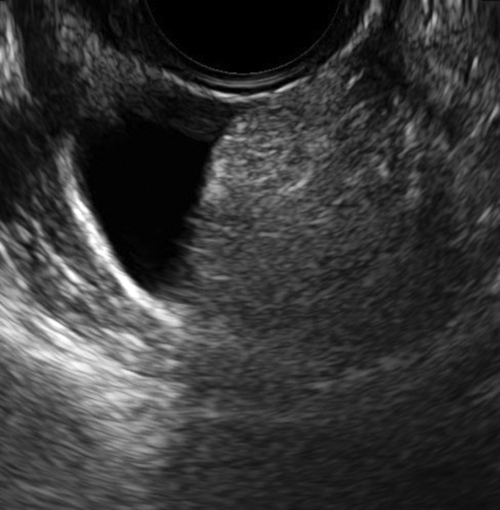Dermoid Cyst
Synonyms/Description
Etiology
Ultrasound Findings
Differential Diagnosis
Clinical Aspects and Recommendations
Figures
Suggested Reading
Outwater E.K., Siegelman E.S., Hunt J.L. Ovarian teratomas: tumor types and imaging characteristics. Radiographics. 2001;21:475–490.
Sokalska A., Timmerman D., Testa A.C., Van Holsbeke C., Lissoni A.A., Leone F.P., Jurkovic D., Valentin L. Diagnostic accuracy of transvaginal ultrasound examination for assigning a specific diagnosis to adnexal masses. Ultrasound Obstet Gynecol. 2009;34:462–470.
Ushakov F.B., Meirow D., Prus D., Libson E., BenShushan A., Rojansky N. Parasitic ovarian dermoid tumor of the omentum. A review of the literature and report of two new cases. Eur J Obstet Gynecol Reprod Biol. 1998;81:77–82 Review.












